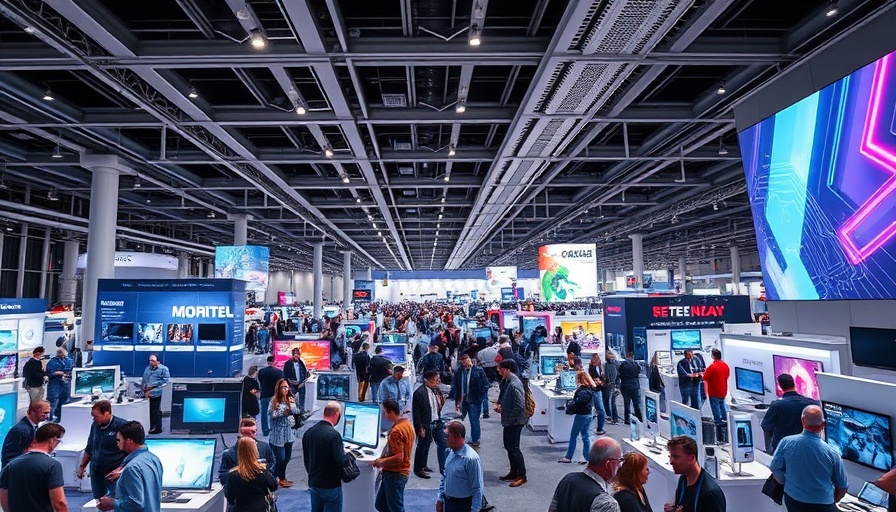
OpenGrep: A New Dawn for Static Code Analysis
At the forefront of enhancing static code analysis tools, Endor Labs has innovatively forked the widely-used Semgrep into a new offering called OpenGrep. This move signifies a shift toward more open-source solutions in the software development landscape, aimed at improving the way developers identify vulnerabilities and enforce coding standards.
How OpenGrep Works
OpenGrep leverages a user-friendly interface, enabling developers to effortlessly navigate the complexities of code analysis. It maintains the powerful pattern matching capabilities of Semgrep while enhancing accessibility, making it easier for teams to incorporate static analysis into their CI/CD pipelines. By simplifying usage, OpenGrep aims to empower teams—regardless of their coding expertise—to employ effective static analysis without steep learning curves.
The Importance of Static Code Analysis
Static code analysis tools are vital in identifying potential security vulnerabilities early in the development process. They allow developers to catch issues before deployment, saving time and costs associated with bug fixes and security breaches. Implementing tools like OpenGrep might not only increase code quality but also bolster the overall security posture of an organization, making it a compelling choice for development teams.
Community and Collaboration: The Heart of Open Source
One of the fundamental principles of open-source tools is community collaboration. By forking Semgrep, Endor Labs opens the door for contributions from a wider array of developers. This encourages continuous improvement and innovation, as developers can share their patterns and enhancements to the tool, creating a robust repository of resources for all users. Engaging the community in this manner ensures the tool evolves to meet the diverse needs of its users.
Future Perspectives: What Lies Ahead
The launch of OpenGrep suggests a promising trend towards more open-source solutions in static code analysis. As more companies recognize the importance of security and quality in software development, tools that simplify these processes will likely see an uptick in adoption. The next few years may witness a surge in the development of similar tools, pushing the boundaries of what open-source projects can achieve in the tech industry.
Challenges and Considerations
While the advantages of OpenGrep are significant, challenges remain. Transitioning from established tools like Semgrep to new frameworks can create temporary hurdles for teams accustomed to traditional methods. Moreover, maintaining an active community for continuous updates and support is crucial. Companies considering the shift must weigh these factors carefully, ensuring they have the resources to transition smoothly and effectively.
 Add Row
Add Row  Add
Add 




Write A Comment